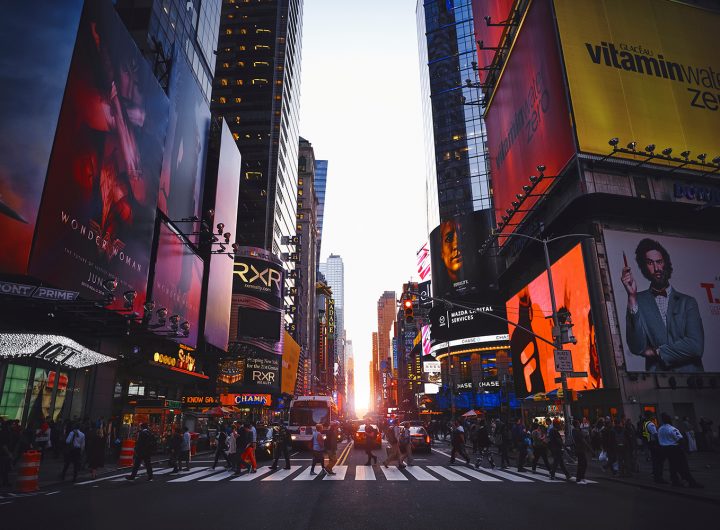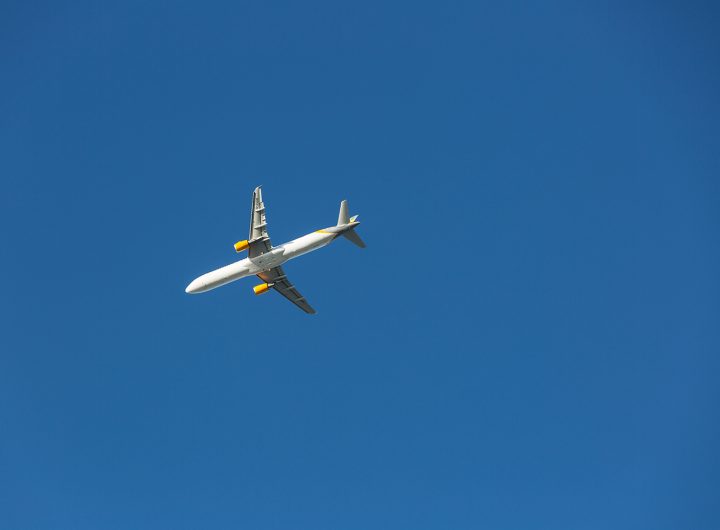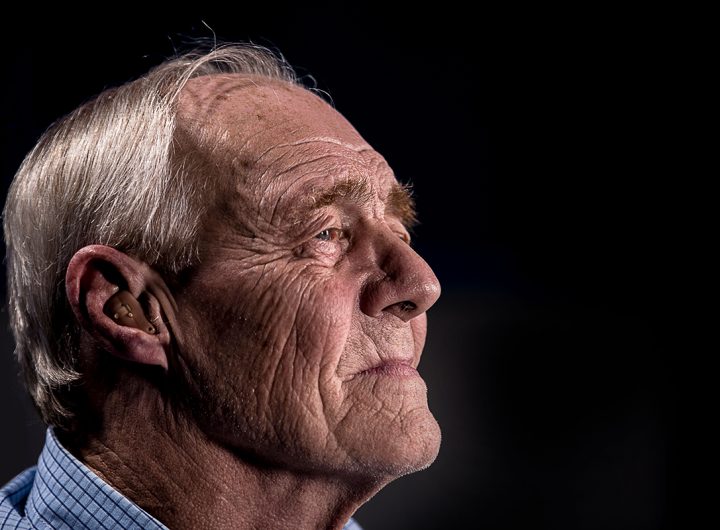- This topic is empty.
-
AuthorPosts
-
14/07/2025 at 14:02 #7470
When it comes to photography, natural lighting is often hailed as the holy grail for capturing stunning images. Photographers frequently extol its virtues, from the soft, diffused glow of golden hour to the vibrant colors of a sunlit scene. However, while natural lighting can indeed elevate a photograph, it is essential to recognize that it is not without its drawbacks. In this post, we will delve into the cons of natural lighting in photography, providing a nuanced understanding that can help photographers make informed decisions about their lighting choices.
1. Inconsistency and Unpredictability
One of the most significant challenges of relying on natural lighting is its inherent inconsistency. The sun’s position changes throughout the day, leading to varying light quality, intensity, and color temperature. For instance, the harsh midday sun can create unflattering shadows and overexposed highlights, while the soft light of dusk may not provide enough illumination for certain subjects. This unpredictability can be particularly problematic for photographers working on tight schedules or in locations where lighting conditions cannot be controlled.
2. Limited Control Over Light Quality
Natural light is subject to numerous environmental factors, including weather conditions, atmospheric haze, and geographical location. Overcast days can result in flat, dull images due to the lack of contrast, while bright, sunny days may produce overly harsh shadows. Unlike artificial lighting, where photographers can manipulate the intensity and direction of light, natural lighting offers limited control. This lack of flexibility can hinder a photographer’s ability to achieve their desired aesthetic, particularly in portrait or product photography where lighting plays a crucial role.
3. Time Constraints
Photographers who rely on natural lighting often find themselves constrained by the time of day. The golden hour, characterized by its warm, soft light, is fleeting, lasting only a short period before sunset. This time limitation can create pressure to capture the perfect shot quickly, which may lead to rushed decisions and missed opportunities. Additionally, the need to work within specific time frames can restrict creative exploration, as photographers may feel compelled to stick to a predetermined plan rather than experimenting with different compositions or angles.
4. Color Temperature Variability
Natural light can vary significantly in color temperature throughout the day. The warm hues of sunrise and sunset can create beautiful images, but as the sun rises higher in the sky, the light shifts to a cooler tone. This variability can pose challenges during post-processing, as photographers must adjust white balance settings to maintain color accuracy. Inconsistent color temperatures can lead to a disjointed look in a series of images, making it difficult to achieve a cohesive aesthetic.
5. Dependence on Location
The effectiveness of natural lighting is heavily influenced by the photographer’s location. Urban environments with tall buildings can create unwanted shadows and obstruct light, while rural settings may offer more expansive, unobstructed views. Photographers may find themselves limited by their surroundings, unable to capture the desired effect due to environmental constraints. Additionally, certain locations may only be accessible during specific times of the year, further complicating the planning process.
6. Equipment Limitations
While natural light can be beautiful, it often requires specific equipment to make the most of it. Reflectors, diffusers, and other tools can help manipulate natural light, but they also add complexity to the shooting process. Photographers must be prepared to carry additional gear and set it up in varying conditions, which can be cumbersome and time-consuming. Moreover, not all photographers have access to high-quality equipment, which can limit their ability to effectively utilize natural light.
Conclusion
While natural lighting in photography offers a plethora of advantages, it is crucial to acknowledge its potential drawbacks. Inconsistency, limited control, time constraints, color temperature variability, dependence on location, and equipment limitations are all factors that can impact the quality of a photograph. By understanding these challenges, photographers can better prepare themselves and make informed decisions about when and how to use natural lighting effectively. Ultimately, a balanced approach that considers both natural and artificial lighting techniques can lead to more versatile and compelling photography.
-
AuthorPosts
- You must be logged in to reply to this topic.

 Google hit with record EU fine over Shopping service
Google hit with record EU fine over Shopping service  Business booming for giant cargo planes
Business booming for giant cargo planes  Trump-Putin: The understandable story
Trump-Putin: The understandable story